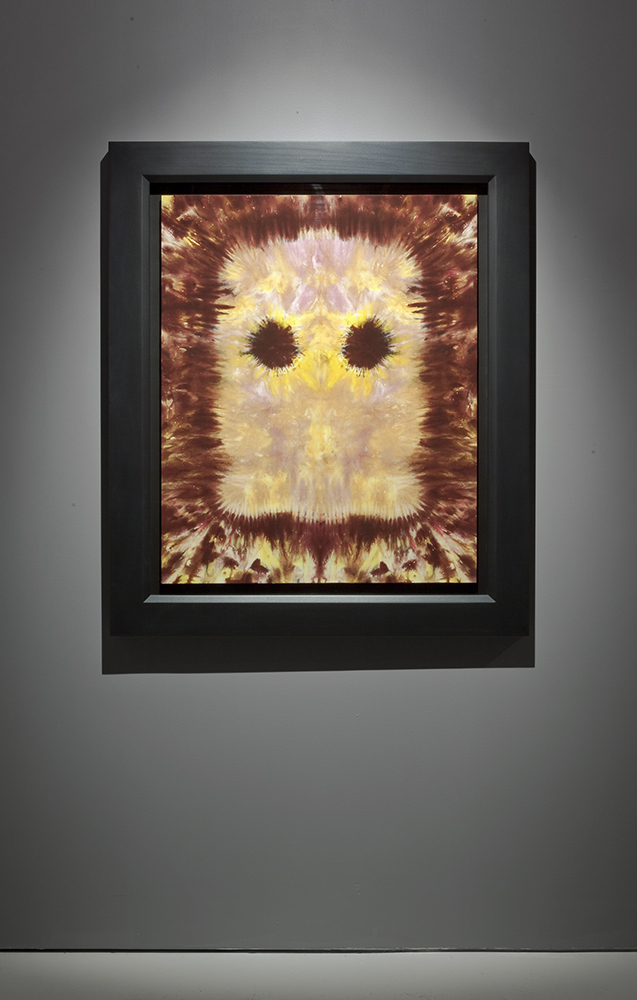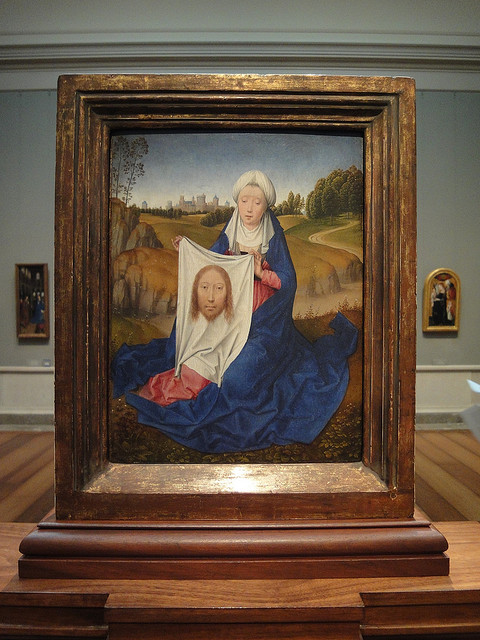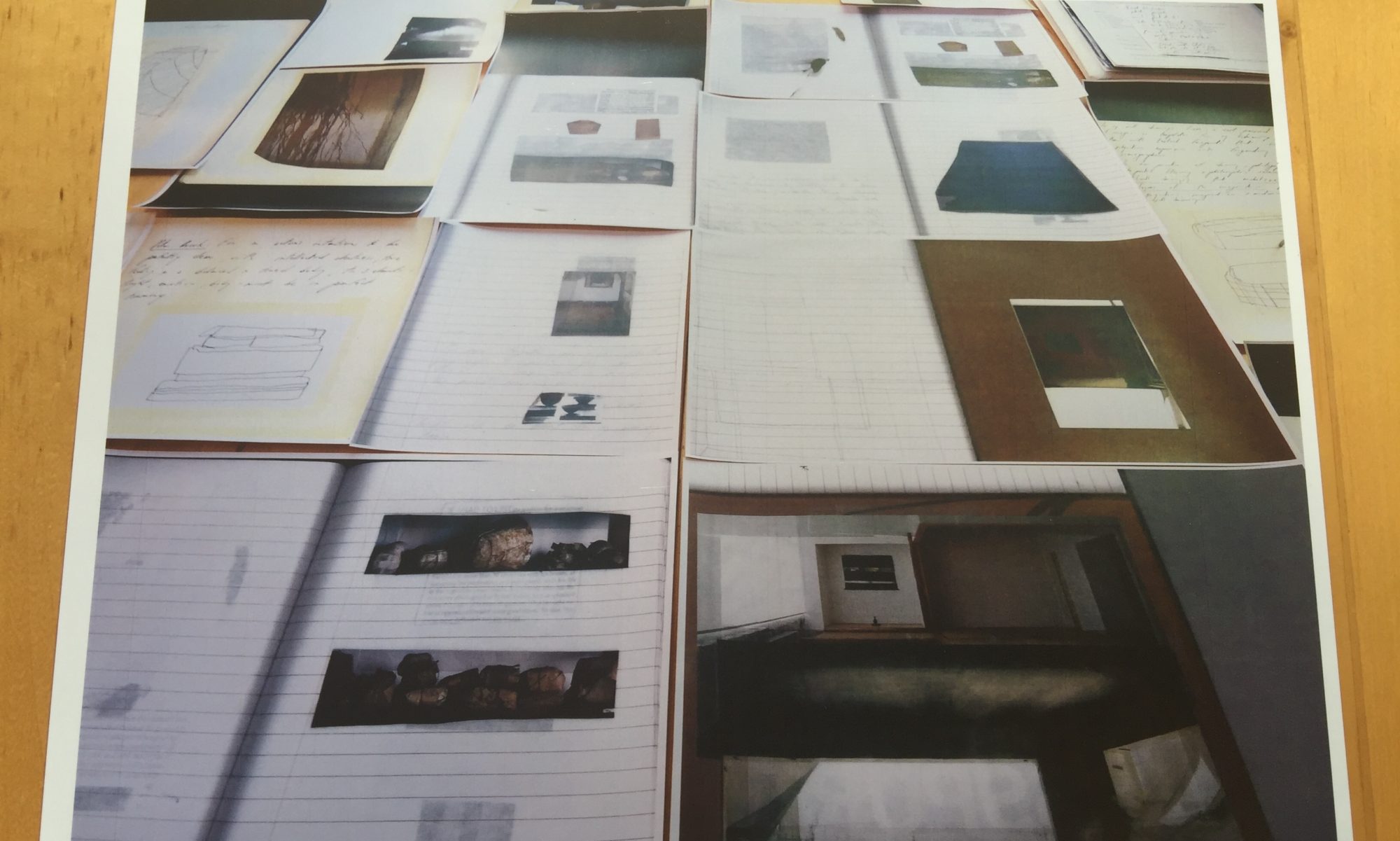On November 14, 2014 we interviewed Luis Jacob about his project for I Heart Your Work Art Futures, so that our buyers can get a glimpse of the thinking behind the idea and a hint at what the project will be:
IHYW: Your art practice has been very much about art history and looking at art. Can you tell me a bit about how your concept for I Heart Your Work is a continuation of this?
Luis: As an artist, I am keenly interested in this thing we call “aesthetic experience.” Typically when we speak of aesthetics, we are trying to talk about beauty — the attributes of some thing — but I find this to be a narrow view. Beauty is not something that pertains to a thing (to an artwork, for example) as an inherent quality. Rather, beauty is something that happens when we encounter such a thing. Aesthetic experience refers to this “happening” or event-like dimension of our encounter with works of art.
The history of European and modern art provides many interesting artistic attempts to describe this encounter between viewer and artwork. The beauty of such works consists, in part, in their ability to provide a reflective experience. I recall seeing three paintings by Carracci, Veronese and Titian during a visit to the Prado Museum. All three works depict Venus and Adonis in such a way that, I believe, reflects the relationship between the viewer and the artworks themselves. Different artists made these paintings for very different purposes. But when we see them together in the museum, we can observe that they depict three crucial phases of this relationship between the viewer and the work of art: feeling pierced when we look upon the object of beauty; having a moment of intimacy with this thing that has managed to get under our skin; and desiring not to lose this experience of connection as we recognize that it has already come to an end.
In our culture, we are encouraged to imagine that artistic pictures are simply there to be seen by viewers. In my own practice I have been curious to ask, Can we imagine a type of picture that looks back and expects something of us?

IHYW: When you were in South Africa in 2011, you completed and exhibited a couple of drawings that were really the beginning of your investigation of Veronica, and a starting point for your I Heart Your Work project. Can you tell me what the importance of this Veronica idea and image is to you?
Luis: I was invited to participate in an art residency at the University of the Witwatersrand, in Johannesburg. During my time there, I made four drawings that I collectively titled “The Veronicas,” and which refer to the figure of Veronica familiar from artworks like this painting by Hans Memling:

I became interested in the idea that the name Veronica can be construed to signify vera icon — “true picture”. In that case, the cloth with which she wiped the face of Christ on his way to Calvary, and which miraculously “absorbed” the martyr’s face and became imprinted with its image, is something like a proposal about the nature of artistic pictures.
A famous painting by Zurbaran depicts this cloth, and makes a clear identification between Veronica’s veil and the canvas of the painting itself. What can the painter possibly have meant by implying that his canvas constitutes a “true picture”? What is true about such a work?
RC: Although there is a strong conceptual current that unites all of your work, the media and aesthetic can vary vastly. How would you describe what will be the finished appearance of your I Heart Your Work concept in terms of image, material, references, inspiration?
Luis: Viewers can experience my “Veronica” edition for I Heart Your Work in the context of Veronica works such as those by Memling or Zurbaran; but this historical context is by no means necessary for them to derive some sort of pleasure from it.
For me, questions of media and technique follow, rather than precede, the artistic intuition that motivates me to make a work. This “Veronica” work consists of a printed cloth loosely pinned onto stretched linen, which is mounted on a wood backing and encased behind Plexiglas. As an object, it is quite substantial. Considered as an image, however, it turns out to possess a rather tenuous quality.
Rather than depicting the face of the martyr, I opt to depict the face of Veronica as I imagine her in my mind’s eye — as enigmatic as a sphinx.

